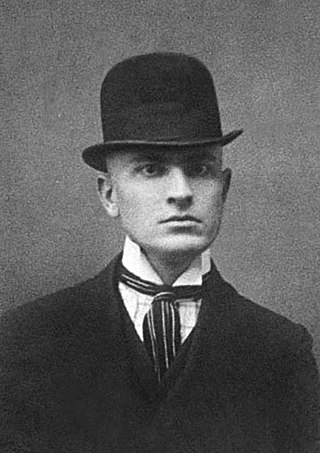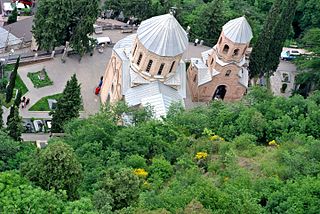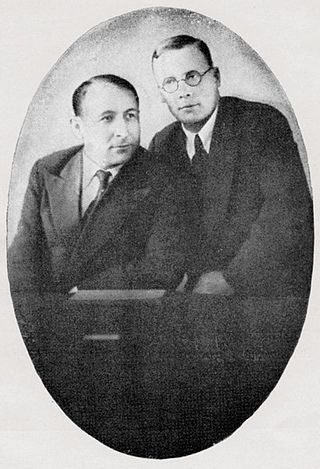
The Georgian Soviet Socialist Republic, also known as Soviet Georgia, the Georgian SSR, or simply Georgia, was one of the republics of the Soviet Union from its second occupation in 1921 to its independence in 1991. Coterminous with the present-day republic of Georgia, it was based on the traditional territory of Georgia, which had existed as a series of independent states in the Caucasus prior to the first occupation of annexation in the course of the 19th century. The Georgian SSR was formed in 1921 and subsequently incorporated in the Soviet Union in 1922. Until 1936 it was a part of the Transcaucasian Socialist Federative Soviet Republic, which existed as a union republic within the USSR. From November 18, 1989, the Georgian SSR declared its sovereignty over Soviet laws. The republic was renamed the Republic of Georgia on November 14, 1990, and subsequently became independent before the dissolution of the Soviet Union on April 9, 1991, whereupon each former SSR became a sovereign state.

Konstantine Gamsakhurdia was a Georgian writer and public figure. Educated and first published in Germany, he married Western European influences to purely Georgian thematic to produce his best works, such as The Right Hand of the Grand Master and David the Builder. Hostile to the Soviet rule, he was, nevertheless, one of the few leading Georgian writers to have survived the Stalin-era repressions, despite exile to a White Sea island and several arrests. His works are noted for their character portrayals of great psychological insight. Another major feature of Gamsakhurdia's writings is a new subtlety he infused into Georgian diction, imitating an archaic language to create a sense of classicism.

Grigol Robakidze was a Georgian writer, publicist, and public figure primarily known for his prose and anti-Soviet émigré activities.
Georgian literature refers to a long literary heritage, with some of the oldest surviving texts in Georgian language dating back to the 5th century. A golden age of Georgian literature flourished under the unified kingdom of David IV in the 11th century. However, political fragmentation and foreign invasions following a peak in literary tradition during the reign of Queen Tamar led to a cultural decline.

The Mtatsminda Pantheon of Writers and Public Figures is a necropolis in Tbilisi, Georgia, where some of the most prominent writers, artists, scholars, and national heroes of Georgia are buried. It is located in the churchyard around St David's Church "Mamadaviti" on the slope of Mount Mtatsminda and was officially established in 1929. Atop the mountain is Mtatsminda Park, an amusement park owned by the municipality of Tbilisi.

Titsian Tabidze, was a Georgian poet and one of the leaders of the Georgian symbolist movement. He fell victim to Joseph Stalin's Great Purge, was arrested and executed on trumped-up charges of treason. Tabidze was a close friend of the well-known Russian writer Boris Pasternak, who translated his poetry into Russian.

Mikheil Javakhishvili was a Georgian and Soviet novelist who is regarded as one of the top twentieth-century Georgian writers. His first story appeared in 1903, but then the writer lapsed into a long pause before returning to writing in the early 1920s. His recalcitrance to the Soviet ideological pressure cost him life: he was executed during the Great Purge and his writings were banned for nearly twenty years. In the words of the modern British scholar of Russian and Georgian literature, Donald Rayfield, "his vivid story-telling, straight in medias res, his buoyant humour, subtle irony, and moral courage merit comparison with those of Stendhal, Guy de Maupassant, and Émile Zola. In modern Georgian prose only Konstantine Gamsakhurdia could aspire to the same international level."

Galaktion Tabidze, simply referred to as Galaktioni ,(November 17, 1892 – March 17, 1959), was a Georgian poet of the twentieth century whose writings profoundly influenced all subsequent generations of Georgian poets. He survived Joseph Stalin's Great Purge of the 1930s, which claimed the lives of many of his fellow writers, friends and relatives, but came under heavy pressure from the Soviet authorities. Those years plunged him into depression and alcoholism. He was placed in a psychiatric hospital in Tbilisi, where he committed suicide.

Sandro Shanshiashvili was a Georgian poet and playwright.
Kolau Nadiradze was a Georgian poet and the last representative of Georgian Symbolist school.

The Literature of Georgia: A History by Donald Rayfield, professor of Russian and Georgian at the University of London, is the first and the most comprehensive study of the literature of Georgia that has ever appeared in English. The work deals with Georgia's 1,500-year literary tradition from 5th-century hagiographic writings to 20th-century poetry and prose. The book explores the diverse influences which have affected the Georgian literature – from Greek and Persian to Russian and modern European, and the folklore of the Caucasus, and also includes translations of several pieces of the Georgian poetry.
Tsisperqantselebi was a group of Georgian Symbolist poets and prose-writers which dominated the Georgian literature in the 1920s. It was founded as a coterie of young talented writers in Kutaisi in 1915 and was suppressed under the Soviet rule early in the 1930s.

Simon Ivanes dze Chikovani was a prominent Georgian poet. He set out to be the leader of the Georgian Futurist movement and ended up as a Soviet establishment figure.

Giorgi Leonidze was a Georgian poet, prose writer, and literary scholar.

Valerian Gaprindashvili was a Georgian poet and translator whose early, Symbolist, poetry was of much influence on development of Georgian metaphor and verse.
Sandro Tsirekidze (1894–1923) was a Georgian poet, Symbolist.

Giorgi Leonidze State Museum of Literature, Georgia was founded in 1930 upon the initiative of David Arsenishvili, a legendary museum-founder, who also was the creator of Tbilisi Theater Museum, and later the famous Andrej Rublow museum in Moscow.

Before he became a Bolshevik revolutionary and leader of the Soviet Union, Joseph Stalin was a promising poet.
Lavrentiy Fomich Tsanava, born Lavrentiy Janjghava, was a Soviet politician and lieutenant general who served as the head of the Committee for State Security of the Belarusian Soviet Socialist Republic (NKVD) from 1941 until 1951. A close confidant of Lavrentiy Beria, and likewise an ethnic Mingrelian, he was arrested after the death of Joseph Stalin and died in prison awaiting a trial.

Konstantine Lortkipanidze was a Soviet and Georgian writer.














